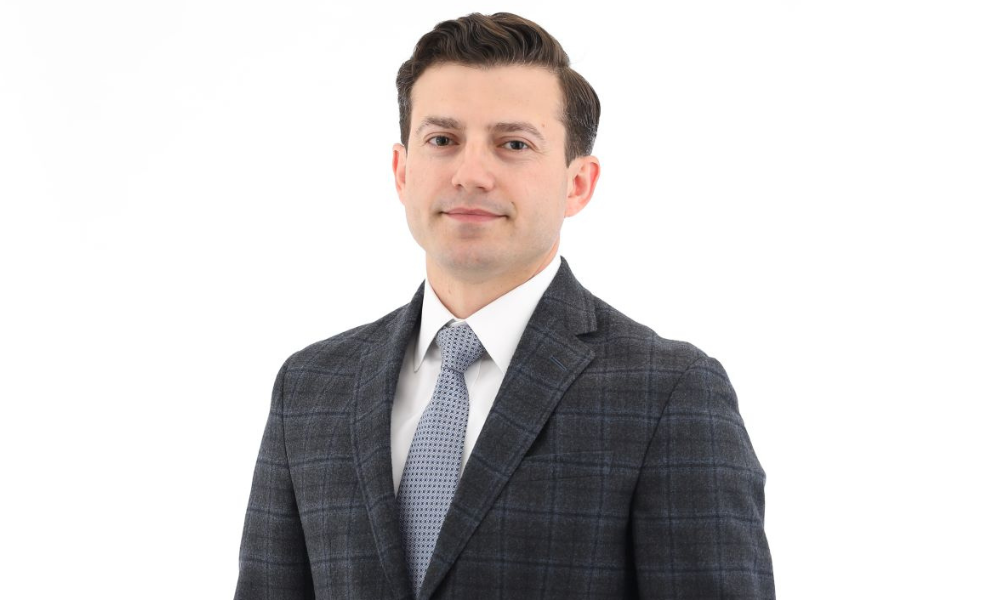Brandywine Global portfolio manager suggests investors should look beyond the current struggles in stocks and bonds

It’s been a brutal year for the balanced portfolio.
Chalk that up to the concomitant challenges for stocks and bonds. According to the Bank of America, investors who have stuck to the traditional 60/40 split between stocks and bonds are down 34% for the year, marking the worst performance for the classic portfolio’s record going back a century.
For the year ended on September 30, the Morningstar US Moderate Target Allocation Index – a blend of 60% equities and 40% bonds used as a benchmark for a 60/40 balanced portfolio – declined 20.1%. According to Morningstar analysts, that puts it on track for its biggest annual decline since its 30.4% loss in 2008.
Read more: Typical balanced portfolio 'a recipe for disaster,' says Forstrong CEO
“This year has definitely been challenging for both equity and fixed income markets, which is kind of rare,” Sorin Roibu, portfolio manager and senior research analyst at Brandywine Global, told Wealth Professional.
Brandywine Global is one of the investment managers that Franklin Templeton acquired through its Legg Mason acquisition in 2020. Last month, Franklin Templeton Canada launched the Franklin Brandywine Global Sustainable Balanced Fund, which balances an alpha-seeking equity portfolio with a defence-oriented fixed-income ballast, with both sides informed by one macro view.
“Usually, stocks and bonds tend to go in different directions, and act almost as a risk ballast for one another,” Roibu says. “However, very rarely, both asset classes correlate highly.”
Roibu emphasises that the typical balanced portfolio has a dual mandate: it seeks to provide an attractive long-term return while offering effective diversification. That long-term view is useful to keep in mind as periods of simultaneous underperformance in fixed income and equities are very rare, and are usually very short-lived.
He cites one publication from Vanguard, which suggests that correlations between stocks and bonds have shot up around 15% of the time, with both asset classes being down. But then both asset classes tend to recover in the next two to four months.
Read more: 60-40 balanced portfolio in decline but shouldn't be ruled out
On a webcast in June, experts at Vanguard said that unexpected inflation, which has been the dominant economic force weighing on the world this year, is kryptonite to the 60/40 portfolio. Both equities and fixed income have been brought low by tough market conditions, with fixed income dealing with the most stressful conditions in the past four decades.
“Many investors are struggling,” Roibu says. “But we at Brandywine Global do believe that a balanced portfolio remains a great instrument for investors to navigate through global markets and compound capital over time.”
He acknowledges that for today’s investors, it takes practically no effort to pick up a newspaper or turn on any news channel, and see a laundry list of risks and analyses of all the gloom and doom. But he says Brandywine Global is trying to make sense of the world, citing the firm’s 30-plus years of experience doing macro research on countries and cycles.
“We believe that the macro backdrop today is quite unique in providing a significant opportunity,” he says. “These recent selloffs in both equities and fixed income securities is actually offering an attractive entry point for long-term investors that are looking to take advantage of mispricing in these asset classes.”



